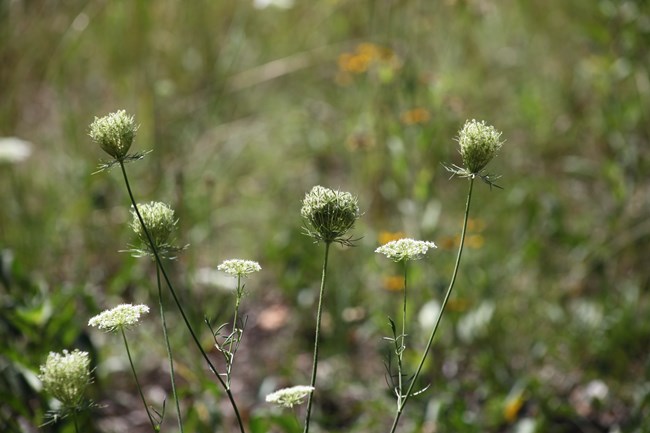
The Queen Anne's Lace is very tolerate of full sun and dry soil. It can grow in large, open areas where many other plants cannot grow, or else they would wither away. In Lowell and other urban areas it can often be found in vacant lots, roadsides, roadsides and meadows. The species is considered nonnative, as it originated in Europe and North Africa, and some states have declared it invasive. It does serve some ecological purpose now that it's here however. It is a food source for animals (and used in some herbal recipes for humans!). It grows in barren and salty soils distrubed human expansion and urbanization, providing beautiful flowers and creating small quantities of oxygen from carbon. |
Last updated: September 26, 2020
